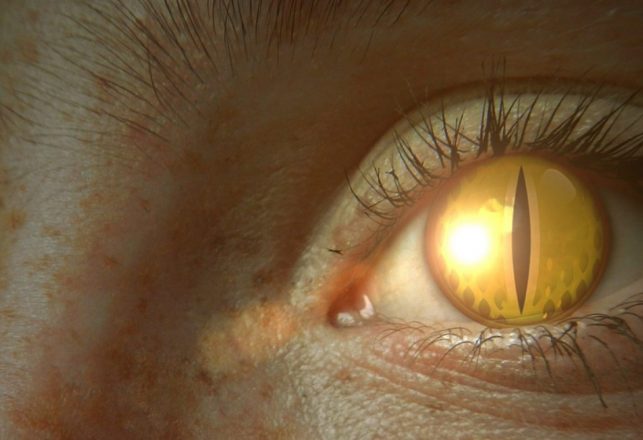The descriptions of chupacabra seem to be somewhat variable. I think that it is just a flaw in the human mind that distorts what you see based on your fears and experiences. The TEXAS chupacabra is most often described as somewhat similar to coyotes but they are obviously NOT coyotes. Here, they are not especially feared.
I have often suspected that they are mixed breed critters from escaped pets from other places that have managed to survive and cross breed with native coyotes. You can not predict what you will get when you cross-breed animals.
I have noted over the years that high-strung people can and will see things that are totally different from what others see. I myself have been described as a 7 or 8 foot tall hairy monster with glowing red eyes and huge fangs. ROTFLMAO!!! What people perceive when they are startled and fearful may have little to do with reality. They are not lying, they are just seeing what they fear instead of what is there.
